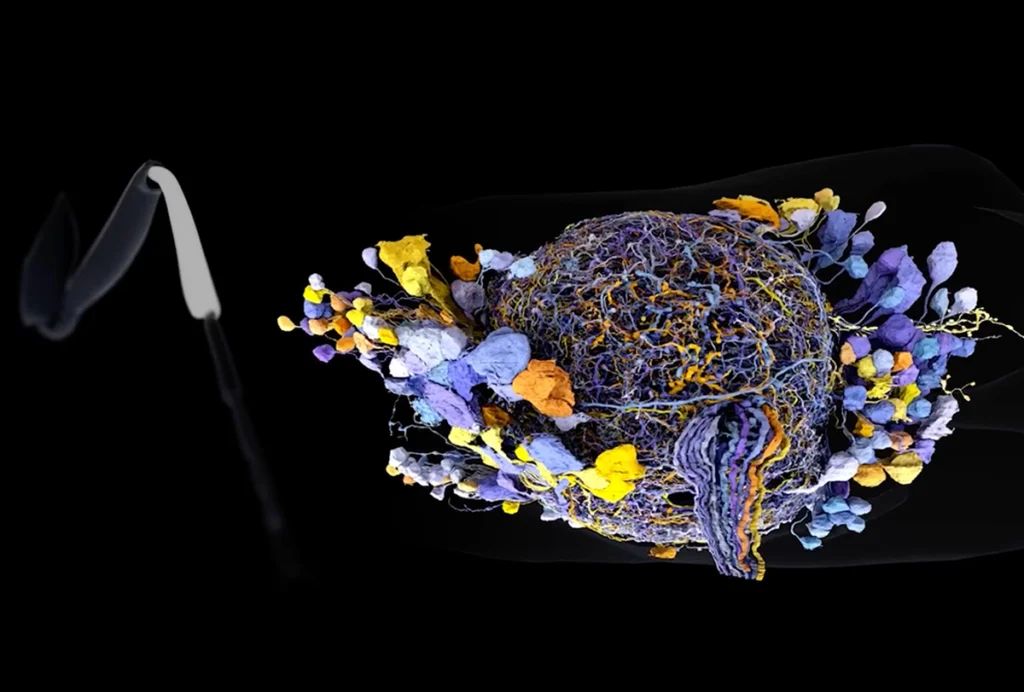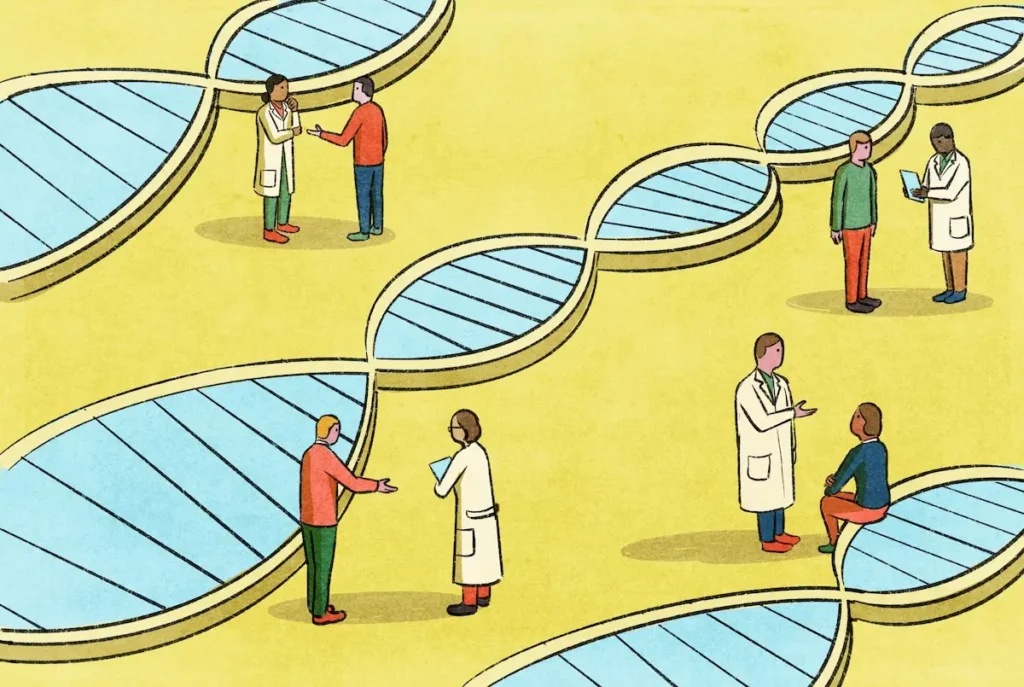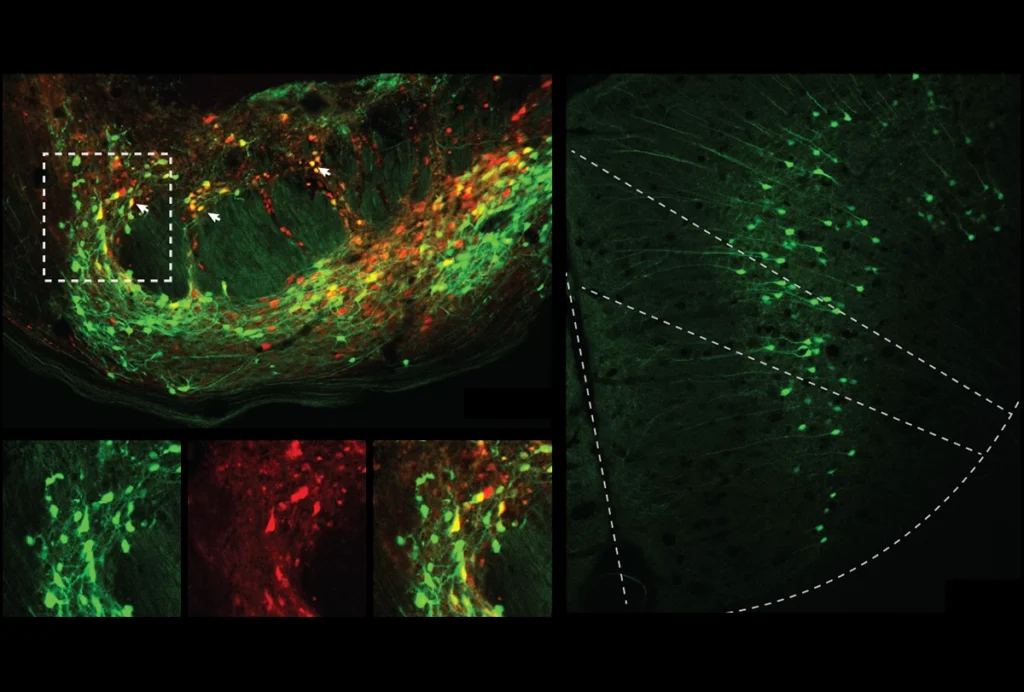Susan Kuo is a postdoctoral fellow in Elise Robinson’s lab at the Broad Institute of MIT and Harvard in Cambridge, Massachusetts.

Susan Kuo
Postdoctoral fellow
Broad Institute of MIT and Harvard
From this contributor
What developmental milestones say about autism research: A conversation with Susan Kuo and Elise Robinson
Shifts in diagnostic criteria have only added to the condition’s bedeviling heterogeneity, an analysis of smiling, sitting, walking and other early milestones in more than 17,000 autistic children reveals.

What developmental milestones say about autism research: A conversation with Susan Kuo and Elise Robinson
Explore more from The Transmitter
New connectomes fly beyond the brain
Researchers are mapping the neurons in Drosophila’s ventral nerve cord, where the central nervous system meets the rest of the body.

New connectomes fly beyond the brain
Researchers are mapping the neurons in Drosophila’s ventral nerve cord, where the central nervous system meets the rest of the body.
Building an autism research registry: Q&A with Tony Charman
A purpose-built database of participants who have shared genomic and behavioral data could give clinical trials a boost, Charman says.

Building an autism research registry: Q&A with Tony Charman
A purpose-built database of participants who have shared genomic and behavioral data could give clinical trials a boost, Charman says.
Cerebellar circuit may convert expected pain relief into real thing
The newly identified circuit taps into the brain’s opioid system to provide a top-down form of pain relief.

Cerebellar circuit may convert expected pain relief into real thing
The newly identified circuit taps into the brain’s opioid system to provide a top-down form of pain relief.